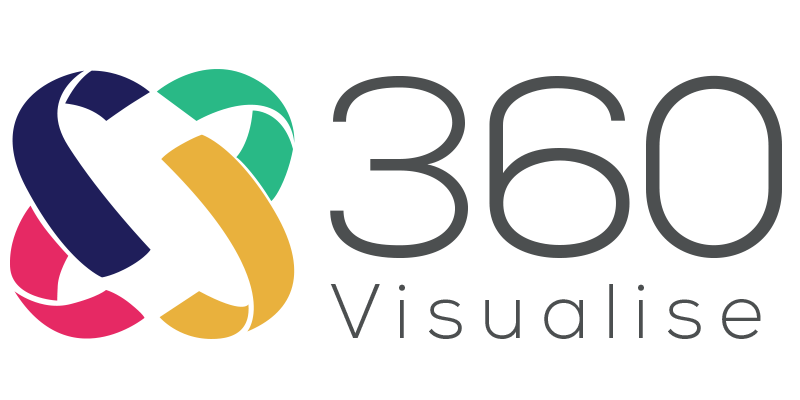
1. Better visualisation: CBCT images provide a more detailed and accurate representation of the teeth and surrounding tissues, allowing for more precise diagnosis and treatment planning.
2. Lower radiation doses: CBCT scanners use lower doses of radiation than traditional CT scanners, making them safer for patients.
3. Greater flexibility: CBCT images can be viewed and manipulated in various ways, such as by rotating the image or zooming in on specific areas. This allows for more thorough examination and better understanding of the patient's condition.
4. Improved treatment planning: CBCT images can be used to create virtual models of the teeth and jaw, which can be helpful in planning orthodontic treatment or implant placement.
1. Increased efficiency: Because CBCT images provide more detailed and accurate information, they can help reduce the need for additional imaging studies or follow-up appointments. This can save time and resources for both the patient and the healthcare provider.
